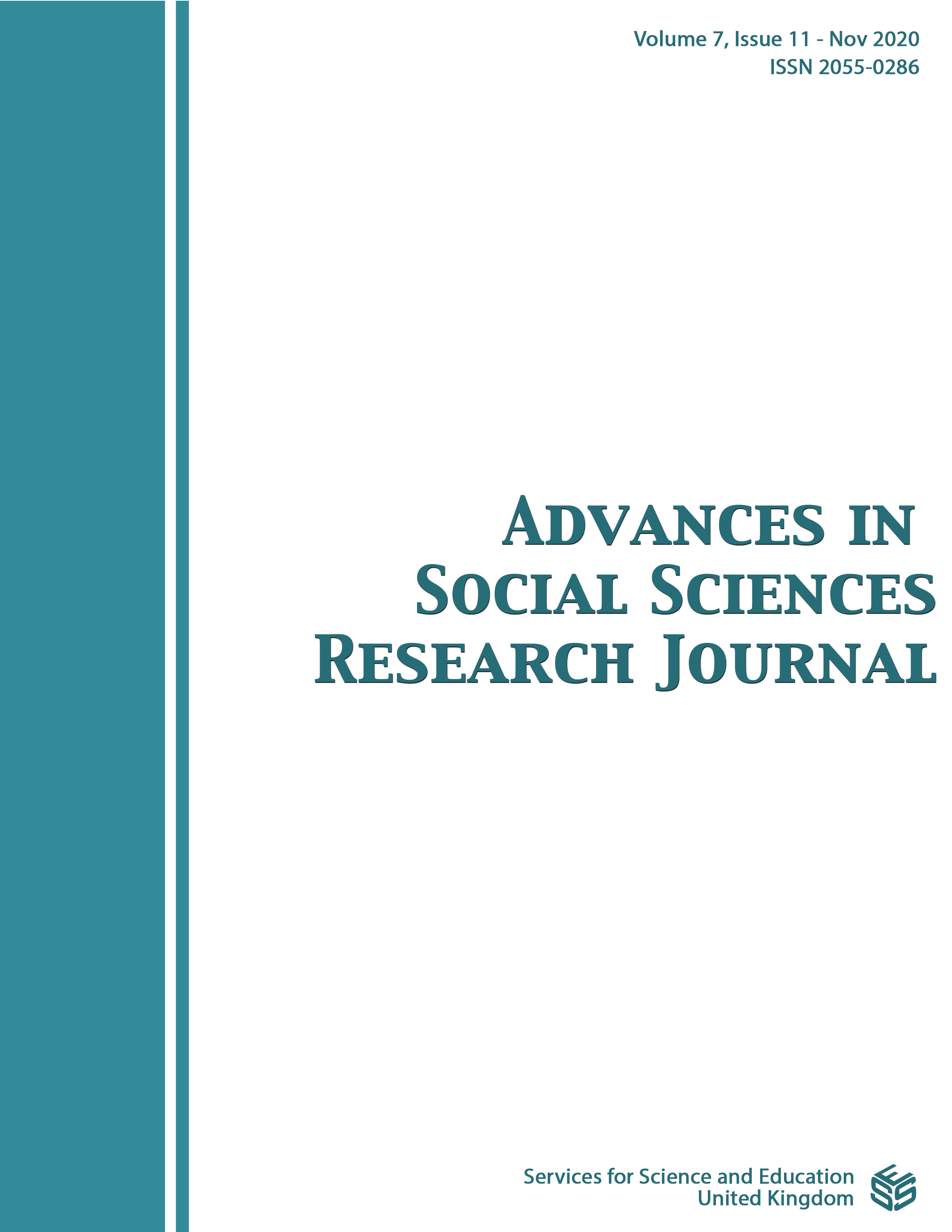The TRANSFORMATION BASED ON OUTCOMES PERFORMANCE ASSESSMENT INSTRUMENTATION MODEL 0F THE NATIONAL STANDARD OF EDUCATION TO THE BALANCED SCORECARD
Case Studies in Senior High Schools in North Sumatra Province, Indonesia
DOI:
https://doi.org/10.14738/assrj.711.9390Keywords:
: assessment instrumentation, process, output, outcomes, National Education Standards, Balanced ScorecardAbstract
Abstract
The performance assessment of the outcomes of a high school must use a valid and reliable
assessment instrument. The instrument model for an outcomes performance assessment that
is built from the transformation of the National Education Standards to the Four Balanced
Scorecards perspectives produce 65 assessment items that are valid and have high reliability. High school outcomes performance assessment in North Sumatra can be done by using a
formulated model of an outcomes performance assessment instrument so that the hope is that
the quality of SMA can be improved.
References
of Applied Business and Economics Vol. 3 No. 4 (Jun 2017), pp. 265-280. [2] Jean Marie Viaene, Itzhak Zilcha. Human Capital and Inequality Dynamics: The Role of
Education Technology. Economica (2009) 76, JSTOR, 2015, pp. 760-778. [3] Li Chang Hsu and Chao Hung Wang. Clarifying the Effect of Intellectual Capital on
Performance: The Mediating Role of Dynamic Capability. British Academy of
Management. British Journal of Management. Vol. *, *-*. (2010). p. 1. [4] Luminita Maria Gogan, Alin Artene, Ioana Sarca, Anca Draghiti. The Impact of
Itellectual Capital on Organizational Performance. Procedia-Social and Behavioral
Sciences 221(2016), pp.194-202. [5] Milan Zeleny. Human System Management (HSM) Integrating Knowledge, Management
and System. Singapore: Scientific Publishing Co. Pte. Ltd. (2005), p.8
[6] Fabian Lange, Robert Topel, Edited by Erich A. Hunushek, Finis Welch. Handbook of
the Economics of Education, Volume 1, Amsterdam: Elsivier, B. V. (2006), p. 461. [7] Kaplan, R.S. and Norton, D.P., “The balanced scorecard: measures that drive
performance”, Harvard Business Review, (1992), Vol. 70, pp. 71-79. [8] Kaplan, R.S. and Norton, D.P., “Linking the balanced scorecard to strategy”, California
Management Review, (1996b), Vol. 39 No. 1, pp. 53-79. [9] Alani Salman Farooq, Khan Rahman Firdouse M., Manuel F Diana. "University
Performance Evaluation and Strategic Mapping Using Balanced Scorecard (BSC): case
study - Sohar University, Oman", International Journal of Educational Management, (07
April 2018), Vol.32 No. 4., pp. 689-700. [10]Chen Shun-Hsing. The application of balanced scorecard in the performance evaluation
of higher education. The TQM Magazine. (2006),Vol. 18 No. 2, pp. 190-205. [11]Mu’ti Abdul. Perangkat Akreditasi SMA/MA. (2017). Jakarta: Badan Akreditasi
Nasional Sekolah/Madrasah. [12] Wittram Deerberg Jens, Guth Clemens, and Porter E. Michael. Value-based Competition:
the Role of Outcome. Public Health Forum 21 Heft 81 (2013), pp. 12.e1-12.e3. [13] Bhatti Ishaq M., Awan M. H. M., and Razaq Z. The key performance indicators (KPIs)
and their impact on overall organizational performance. Springer Science+Business
Media Dordrecht (2013)., pp. 1-17
[14] Robert S. Kaplan and David P. Norton, Translating Strategy into Action The Balanced
Scorecard, (1996), p. 9
Downloads
Published
How to Cite
Issue
Section
License
Authors wishing to include figures, tables, or text passages that have already been published elsewhere are required to obtain permission from the copyright owner(s) for both the print and online format and to include evidence that such permission has been granted when submitting their papers. Any material received without such evidence will be assumed to originate from the authors.






